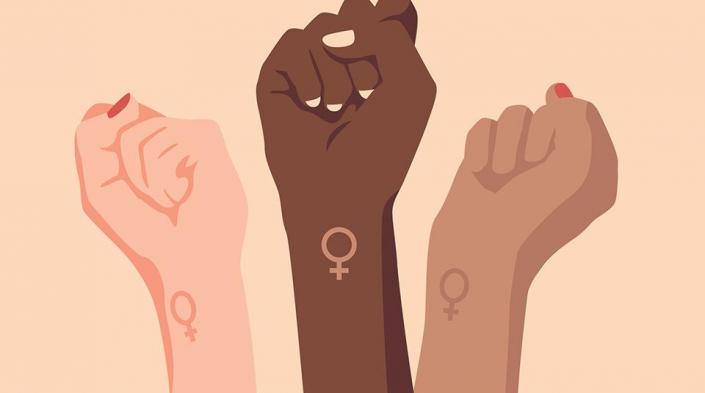The UN describes violence against women and girls (VAWG) as "one of the most widespread, persistent, and devastating human rights violations in our world today. It remains largely unreported due to the impunity, silence, stigma, and shame surrounding it." In general terms, it manifests itself in physical, sexual, and psychological forms, encompassing:
- Intimate partner violence (battering, psychological abuse, marital rape, femicide).
- Sexual violence and harassment (rape, forced sexual acts, unwanted sexual advances, child sexual abuse, forced marriage, street harassment, stalking, cyber-harassment).
- Human trafficking (slavery, sexual exploitation).
- Female genital mutilation.
- Child marriage.
The Declaration on the Elimination of Violence Against Women by the UN General Assembly defines violence against women as "any act of gender-based violence that results in, or is likely to result in, physical, sexual, or psychological harm or suffering to women, including threats of such acts, coercion, or arbitrary deprivation of liberty, whether occurring in public or in private life."
While gender-based violence can happen to anyone, some women and girls are particularly vulnerable, such as young girls, older women, those identifying as lesbian, bisexual, transgender, or intersex, migrants, refugees, indigenous women, ethnic minorities, women and girls living with HIV and disabilities, and those in humanitarian crises. Violence against women hinders equality, peace, and the fulfillment of human rights.
The promise of the Sustainable Development Goals (SDGs) - to leave no one behind - cannot be achieved without ending violence against women and girls.
The Demographic and Health Surveys (DHS) Program aims to advance the global understanding of health and population trends in developing countries. The DHS Program STATcompiler allows users to create custom tables based on demographic and health indicators across more than 90 countries.
This week's #MakeoverMonday data is from a survey in African, Asian, and South American countries. It explores attitudes and justifications for committing acts of violence against women. The data examines sociodemographic groups, including Education Level, Marital status, Employment, and Age group.
Representative samples reveal insights into attitudes preventing progress in the global campaign to end violence against women and girls. Education emerges as a crucial factor in raising awareness that violence is never justified. It highlights the importance of public awareness campaigns and access to education for women and girls.
Viz5 aims to create a space where data advocacy and insights meet impact. Led by Operation Fistula, with #MakeoverMonday and Tableau Foundation as critical partners, Viz5 mobilizes the power of the communities to visualize 12 data sets over 12 months. These curated themes present different areas of gender inequality, telling the story of where and how gender inequality is at its most extreme.
The visualizations produced during Viz5 serve as advocacy tools, awareness-raising artifacts, and data-driven insights to end the injustice of gender inequality.
